හික්කඩුව

Beachside village and sea turtle hatchery

The south eastern coast of Sri Lanka around Hikkaduwa area is famous for its beautiful beaches and the sea turtles in its waters. The train hugs the coast all the way from Colombo to Galle, passing through other seaside towns such as Bentota and Ambalangoda. The coast is also well known amongst surfers and scuba divers, and was a popular stop on the hippy trail of the 1960s. Like much of the southern Sri Lanka coast, it was badly hit by the 2004 Indian Ocean tsunami, the evidence of which was still apparent during my 2011 visit.
I spent the whole day travelling down the coast from Colombo to Unawatuna, by train at first to Aluthgama, then by tuk-tuk for the rest of the way, due to the railway track being closed for maintenance. It’s by far the longest tuk-tuk journey I’ve ever taken, over sixty kilometres and several hours of chugging. I was really surprised at how pretty the beaches were, and had a fascinating visit to a sea turtle hatchery followed by an excellent lunch of curried crab.

The train trundled down the Sri Lankan coast at not much more than a slow gallop, with folk such as this old gent taking the breeze through the windows. Onboard, a sword swallower kept us entertained. And of course I was looking the other way while taking this photo, for oncoming trains or telegraph poles.
Around us the landscape changed from the Colombo cityscape to a lush green-carpeted tropical forest.
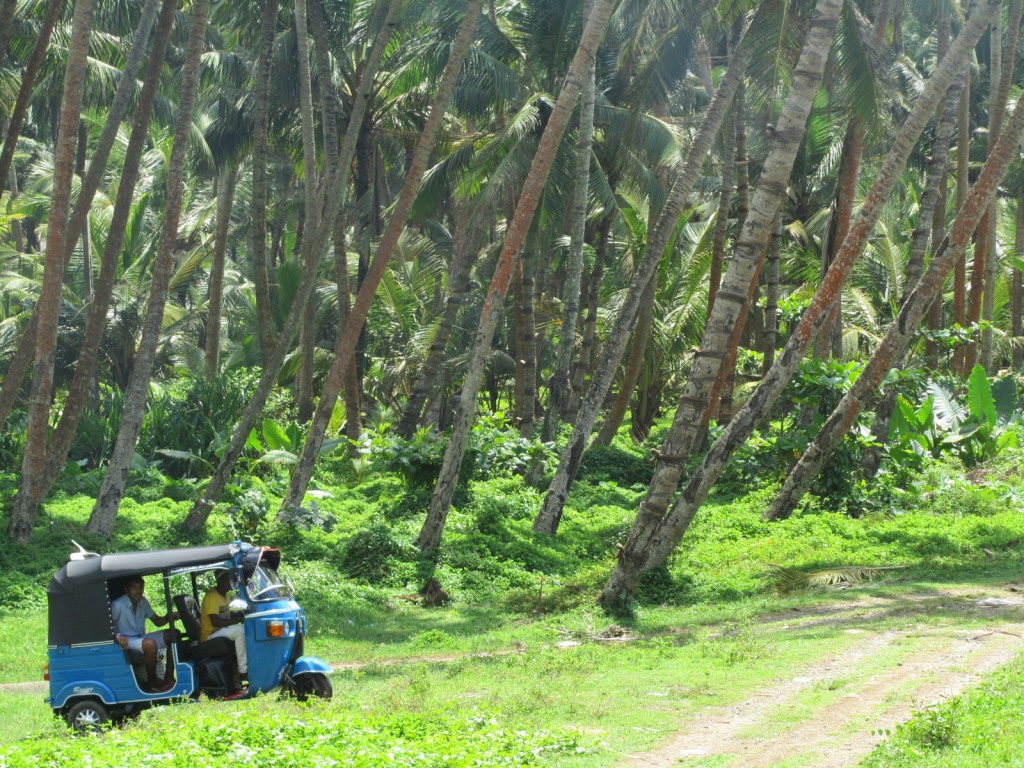
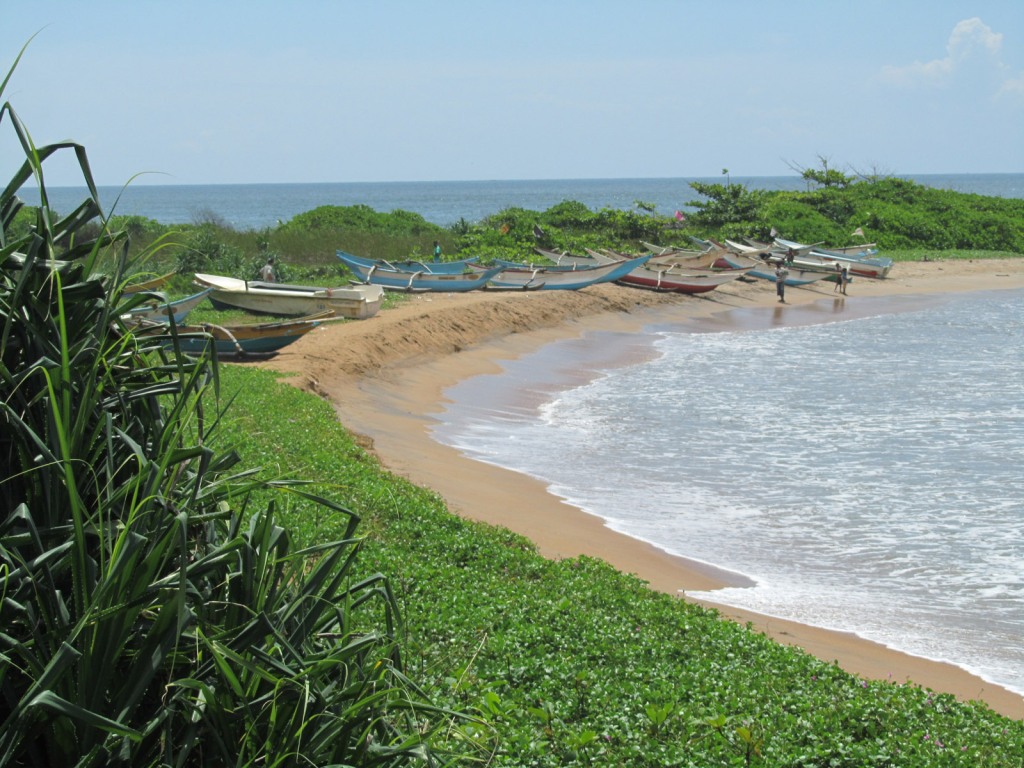
Boats pitched up on the beach as seen from the train. Yes, it really runs this close to the sea.
Once I’d switched to tuk-tuk transport, we stopped at this stunningly beautiful beach, the archetypical tropical view.
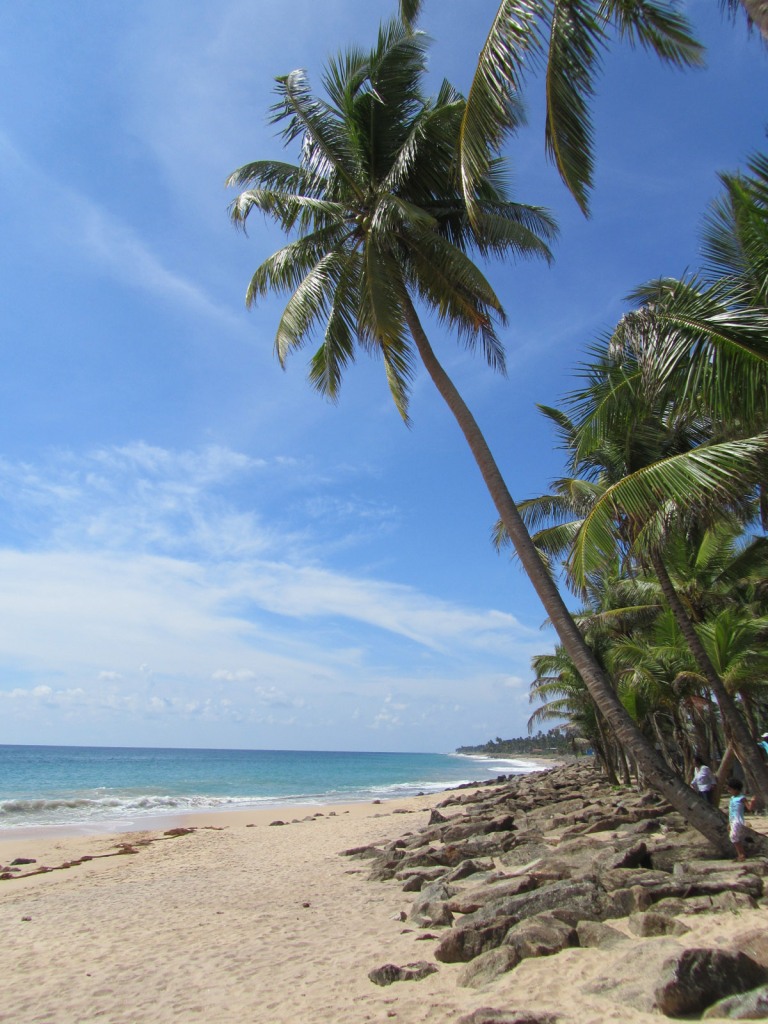
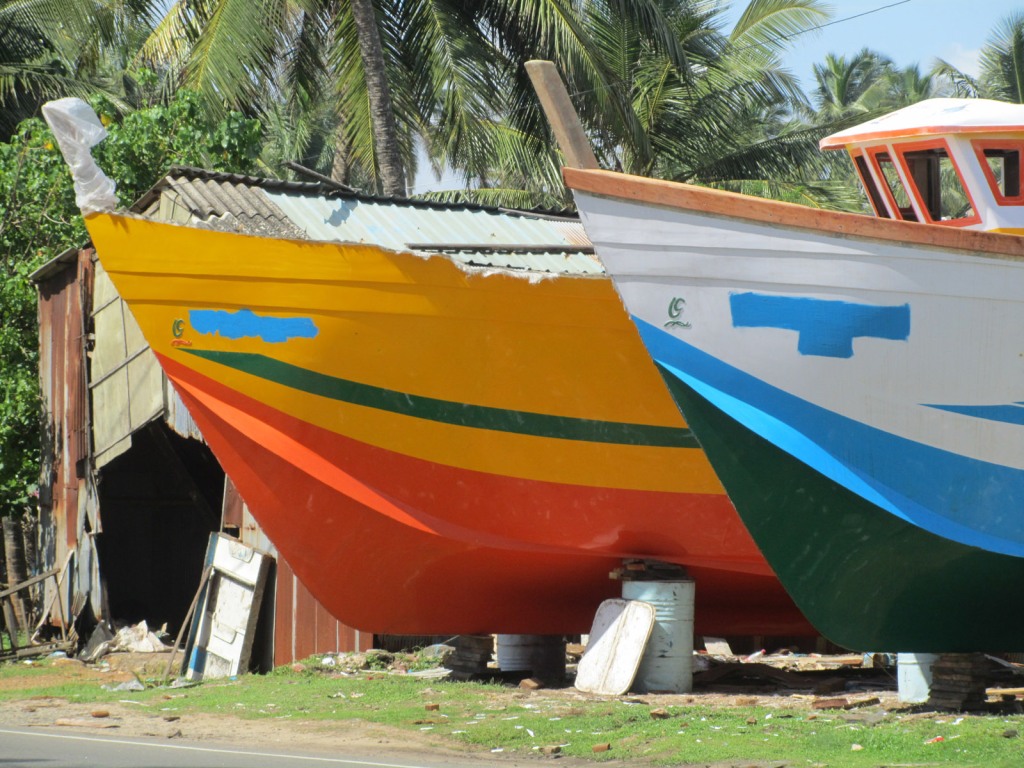
Colourful boats sit newly painted across the road from the water’s edge.
I watched a group of fishermen singing as they hauled in their nets. Surely they were only singing for the camera?

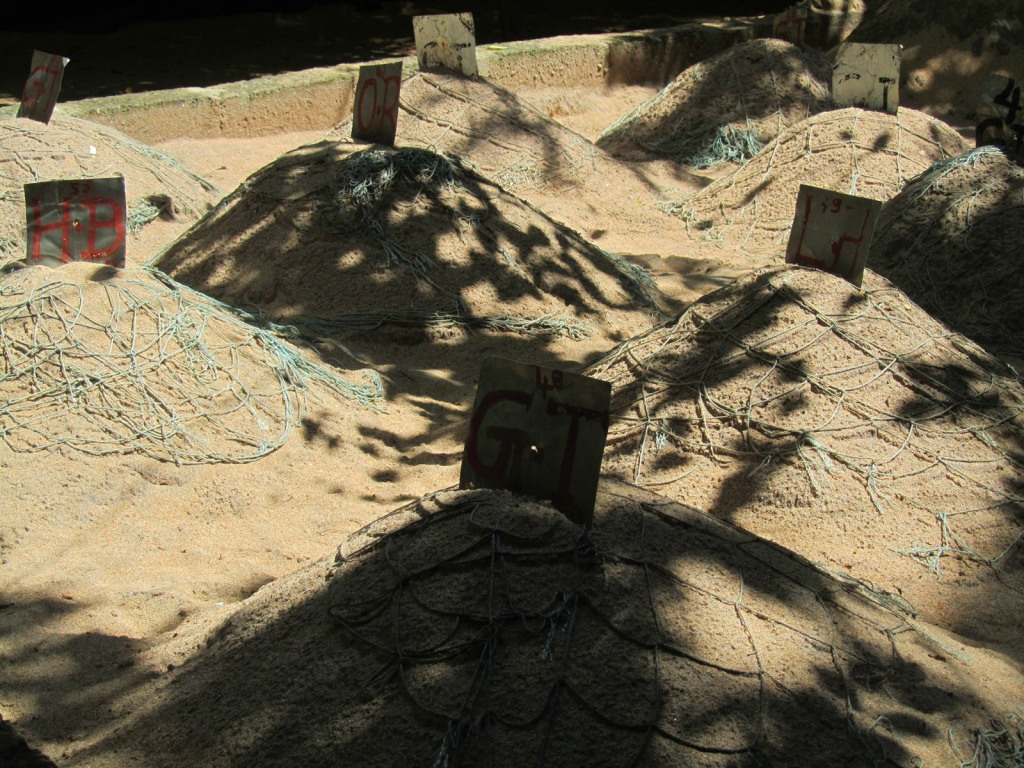
We stopped off at a sea turtle hatchery in the Hikkaduwa area, here the eggs are still maturing under the sand.
A small selection of turtle eggs at the hatchery. The eggs look slightly dented as there’s a little room for thermal expansion.
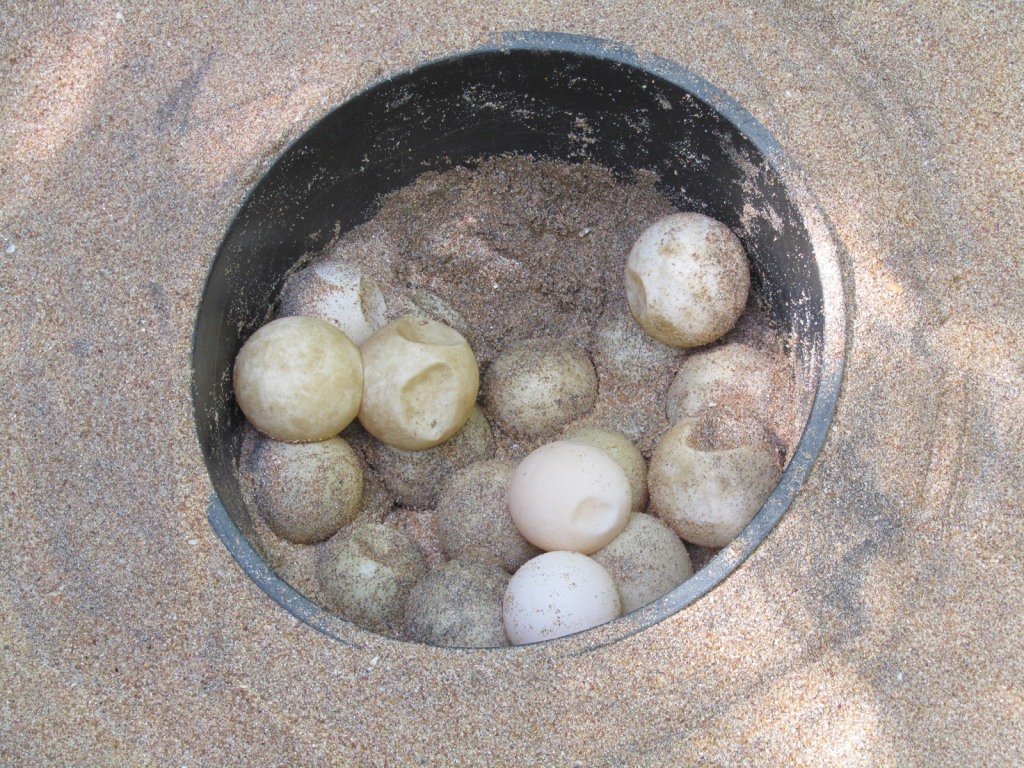

Baby turtles barely a few days old. Ninety-nine percent hatched are male, and they are released to the sea when not much larger than this. The females are much more valuable, so are separated and grown in captivity for several years before release.
The teeny tiny baby sea turtles are really quite strong swimmers, and are well capable of scuttling rapidly across the sand.

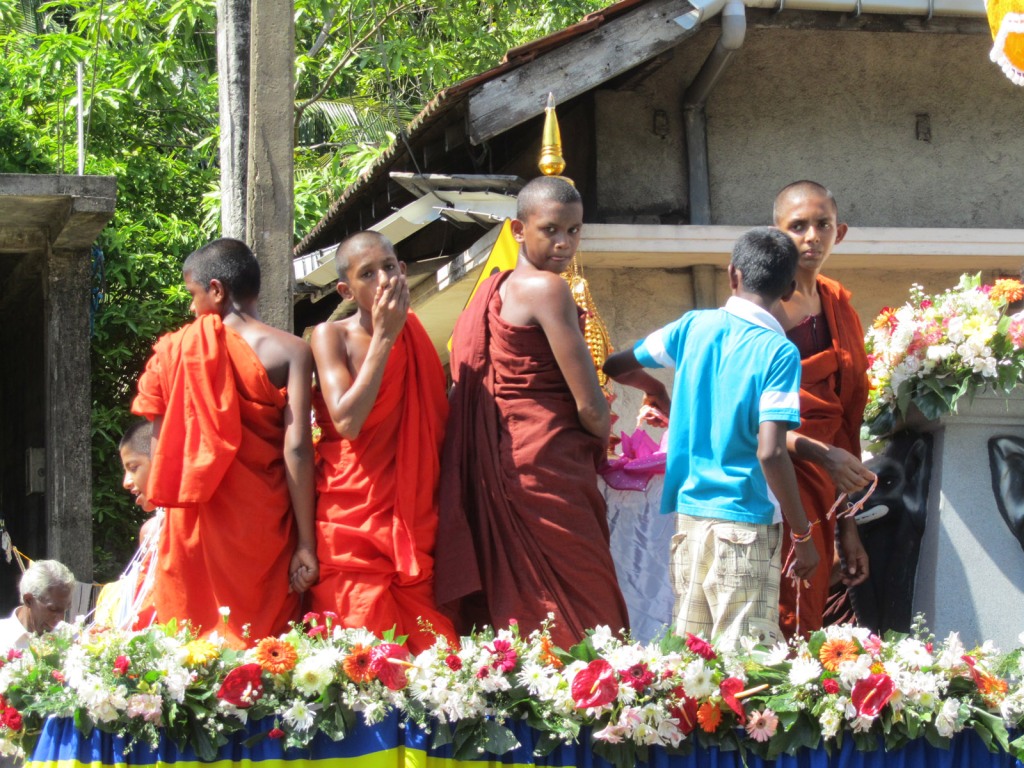
Nearby, Buddhist monks in training appear to be getting ready for a float parade.
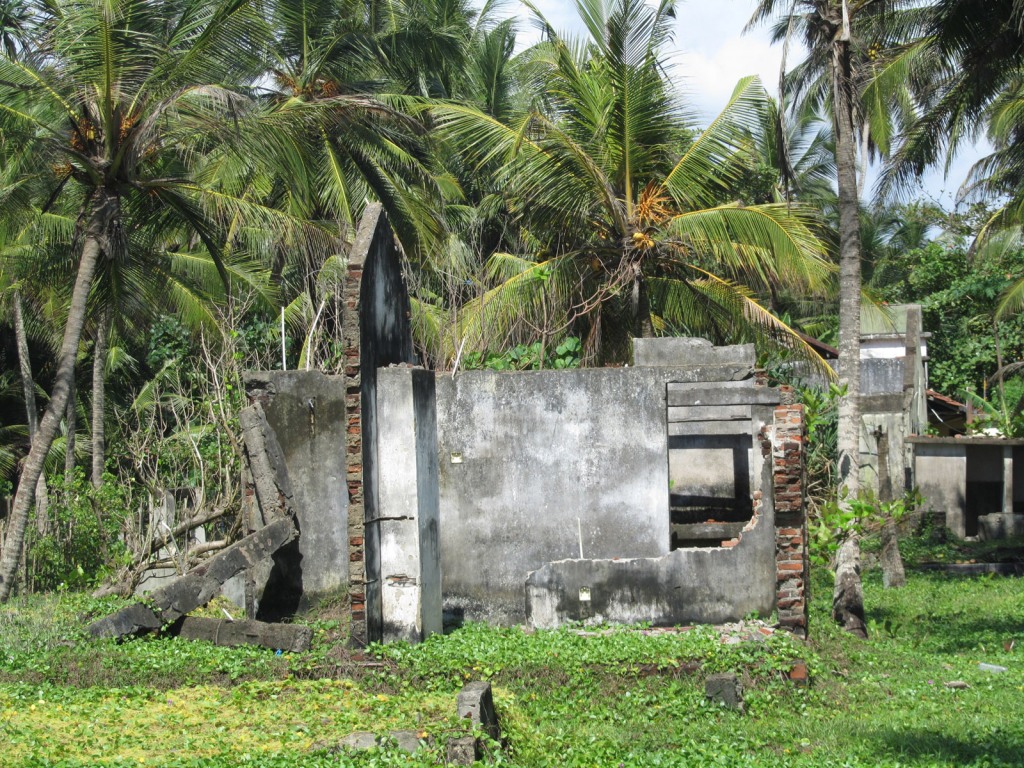

A boat dropped by the tsunami sits amongst a lush green landscape, slowly reclaiming it.
There is a memorial to the people who lost their lives during the tsunami, with a mural depicting the Queen of the Sea train that was washed away from the same line I was travelling down, at Peraliya. Over 1,700 people died in what is still the world’s worst rail disaster.

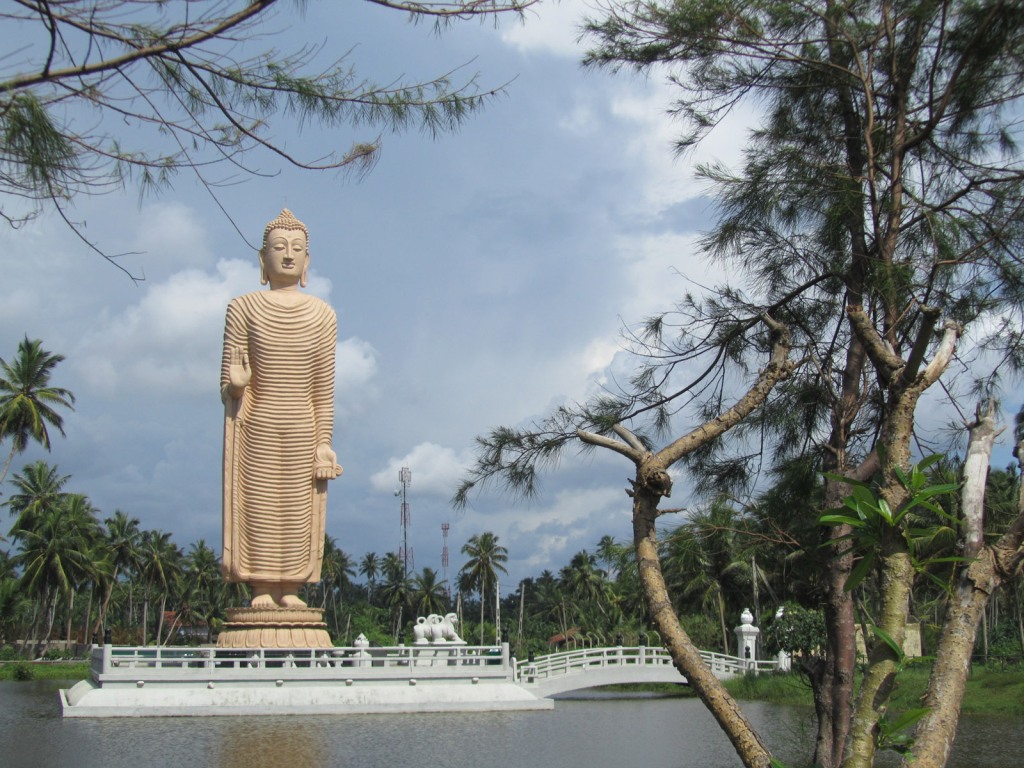
Also as a memorial to the disaster, the Buddha statue at Tsunami Honganji Viharaya stands 30 metres tall over a nearby lake. Completed in 2006, the statue was funded by Japan and is a scale replica of one of the Buddhas of Bamiyan, which were deliberately destroyed by the Taliban in Afghanistan in 2001.
I was really taken with the brightness of the green carpet in the Sri Lankan jungle, it looks soft enough to sleep on.
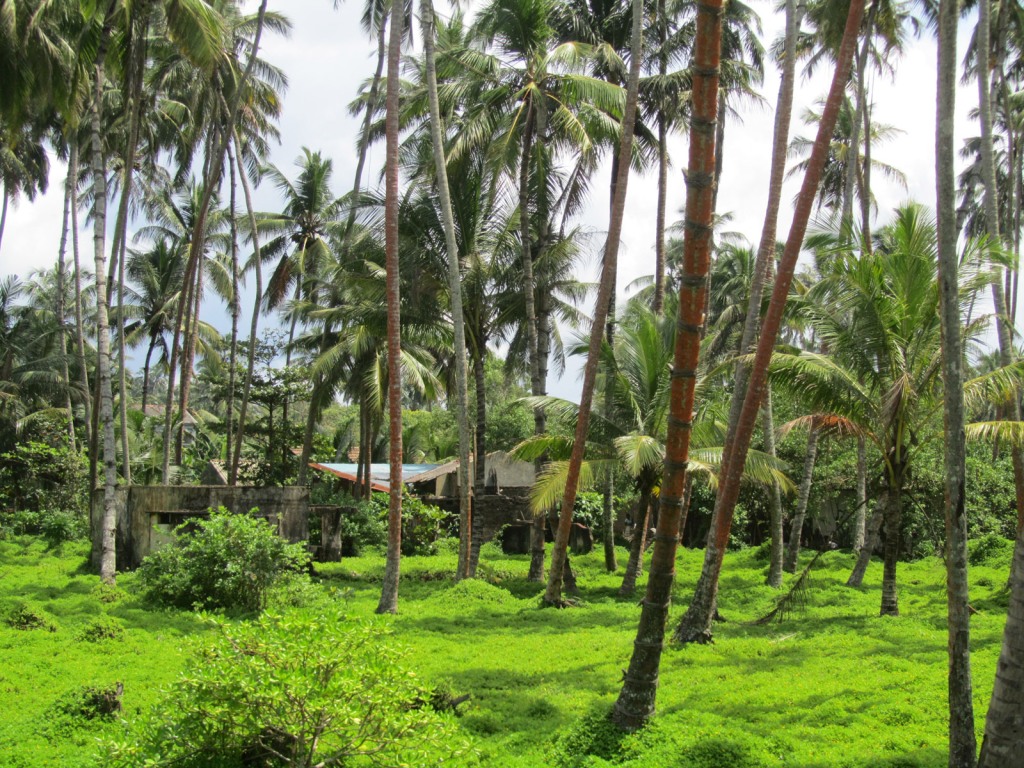
Created 2013 | Updated 2024
